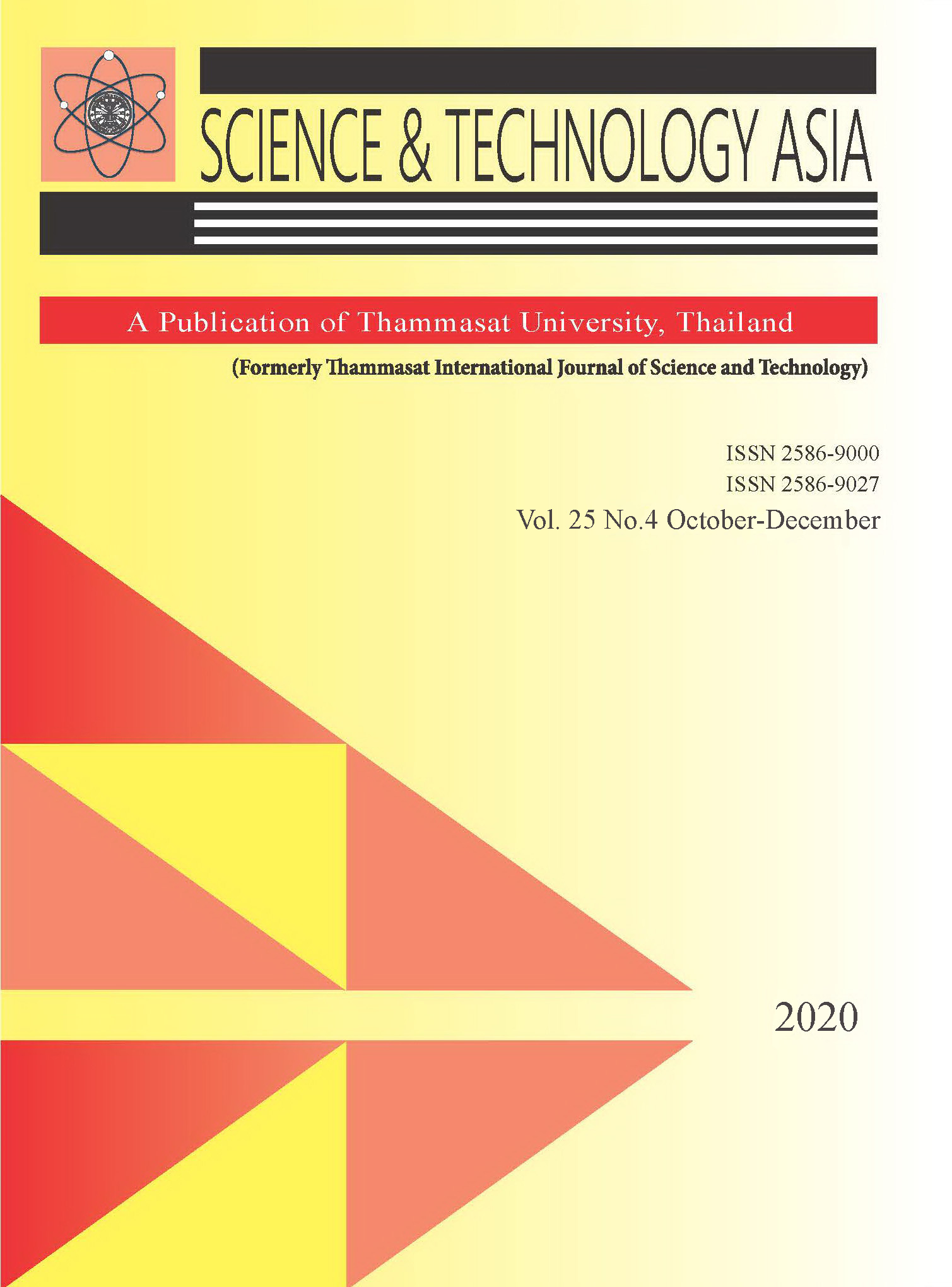PM-10 Forecasting Models using MLPNN with a Hotspot Predictor over the Upper Northern Thailand
Main Article Content
Abstract
The local open burning and trans-boundary haze are the main sources causing serious air pollution-related to particulate matter 10 micrometers or less in diameter (PM-10), which severely affects the health of the people living in the upper Northern Thailand region. In the absence of complex emission and formation mechanisms of PM-10 information, the objective of this paper is to model and to forecast the daily PM-10 concentration using the multilayer perceptron neural networks (MLPNN). In this regard, the highly correlated hotspot fires to PM-10 were utilized as the predictor for improving model performance. For achieving a more realistic model, the related meteorological parameters and some time lags of historical PM-10 are selected into the MLPNN models by the forward selection method. Furthermore, the MLPNNs are optimized through the experiment by minimizing the number of hidden nodes to prevent the over-fitting. Data on pollution, climate, and hotspot collected during 2012-2019 and obtained from several governments and private sectors are used to train and validate the forecasting models. The optimal MLPNN with an integrated hotspot can capture the characteristics of complex PM-10 as well as the ANFIS based fuzzy rules describing the dynamic changes of PM. As a result of prediction, the proposed model provides up to 86% forecasting accuracy for one day ahead, and 11%–22% more than that for the MLPNN with a double hidden layer and the MLPNN without using the Hotspot predictor.


